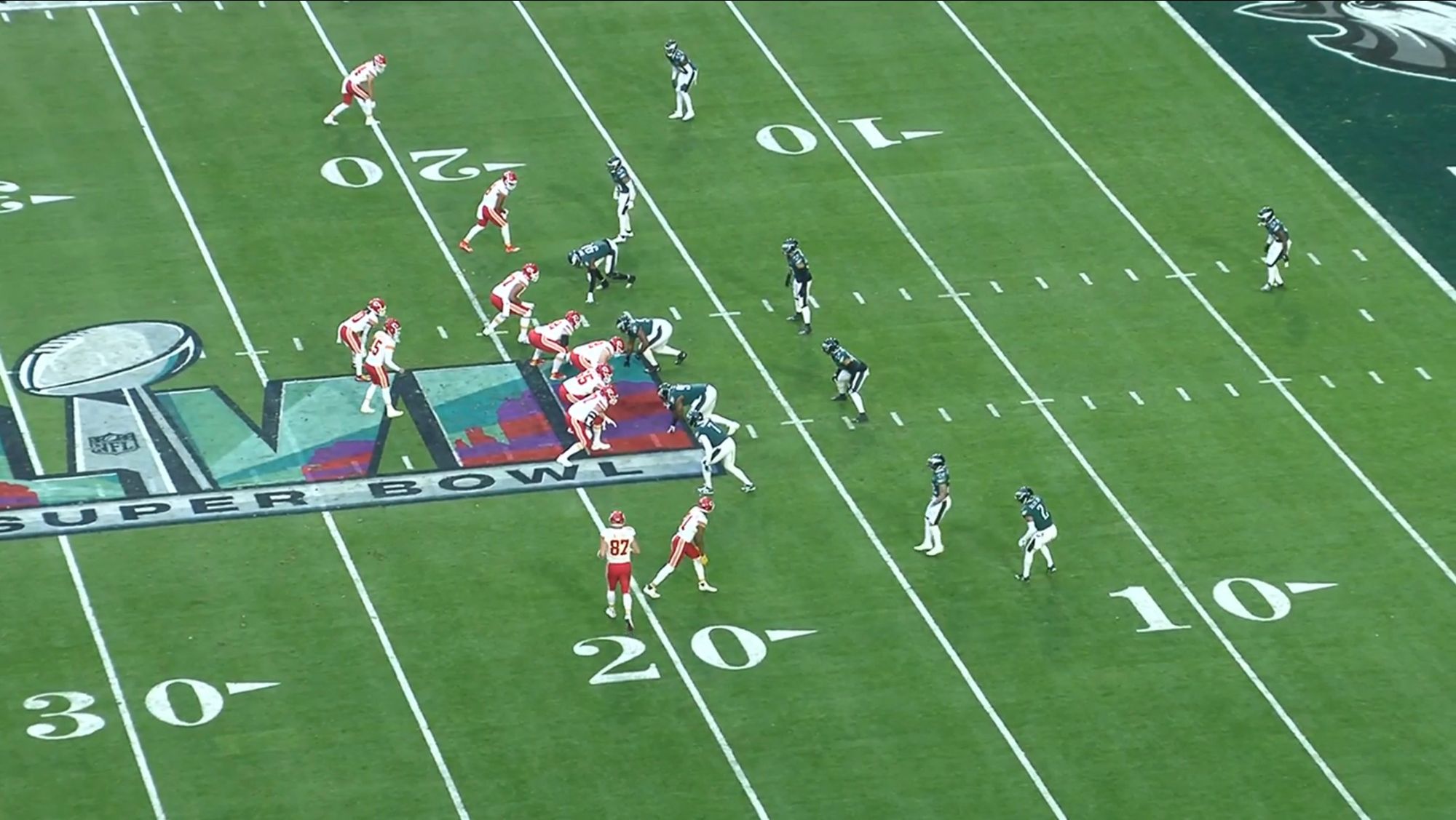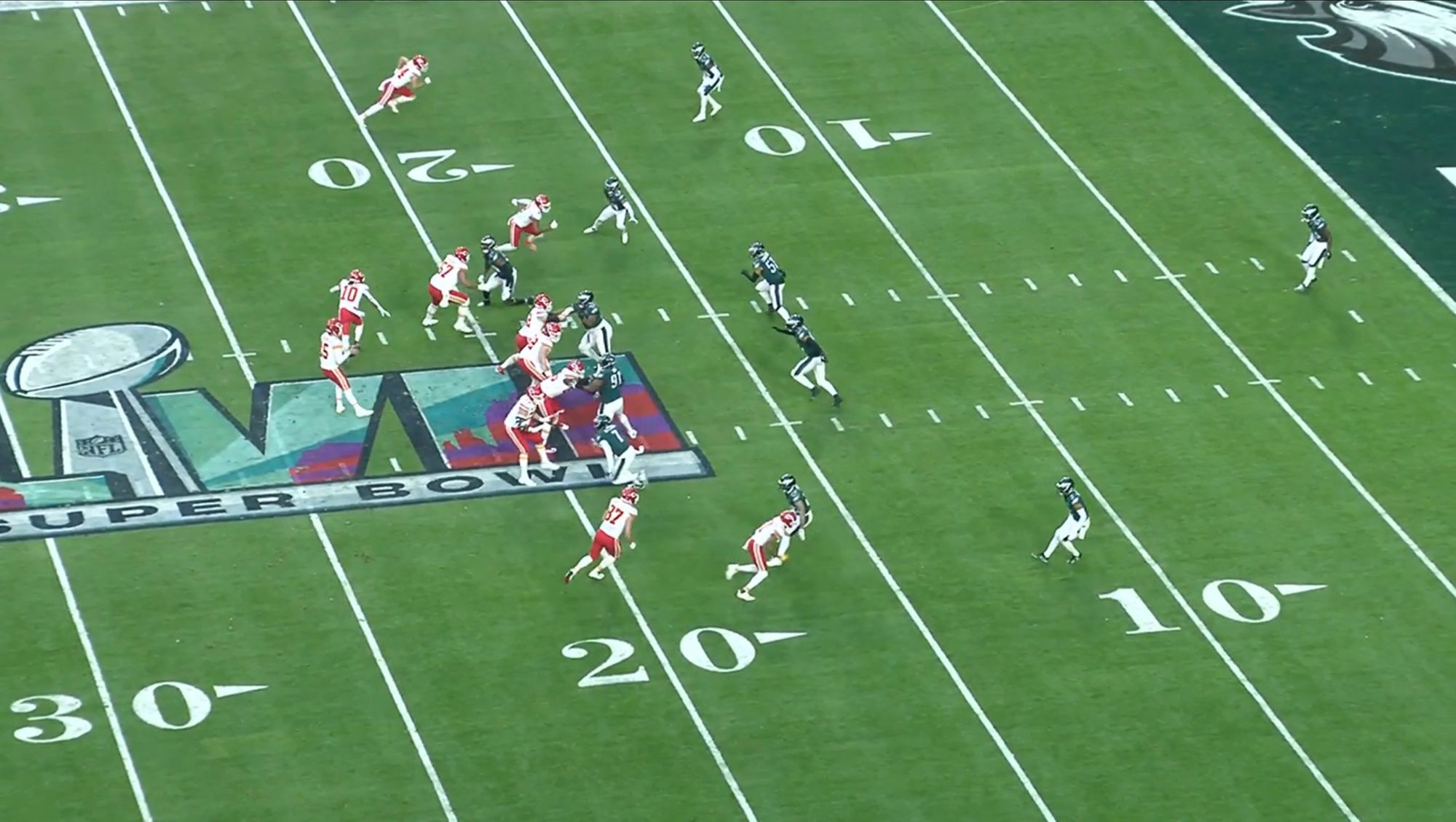Maximizing Quarterback Performance: How to Watch Film Like a NFL Quarterback

All football players, especially quarterbacks, are beaten over the head with the saying, “watch film”. No one ever tells you how though. Traditionally, watching film is an inherently passive learning process. Numerous studies show that active learning i.e., learn by doing is better than passive learning i.e., learn by lecture (sources 1-6). Everyone would agree playing in games is significantly more valuable than watching film but your body has a physical limit, so how do you steal reps while studying film?
If you're interested in QB specific throwing, lifting and sprint training, customized to you, with the same systems used to train NFL Quarterbacks, take the assessment and get the app at kinetex.co. If you're interested in reading about all things quarterbacking and throwing biomechanics, subscribe to the blog.
Active Film Watching in 3 Steps
Step 1: Visualize
While you watch tape, visualize yourself as the quarterback on the film. Really imagine yourself in the helmet of the QB seeing the field like he does.
Step 2: Pre-Snap
Pause the tape right before the snap for a half second. Ask yourself, what do I think the defense is playing? Much like you have to do in the game.

Step 3: Post-Snap
Pause the tape right after the ball is snapped for a half second and confirm your hypothesis then play forward as needed. Was it the coverage you thought it was? Was it the blitz you thought it was? On the field you will have a half-second to do these things, if that, so mimic that condition while you watch film.

In conclusion, film is a tool to use to play better on gameday. Your opponents have the same amount of time as you do. To gain an edge, focus on the quality of the time you spend in your preparation. The opposing QB watches film for 10 hours in a week. So do you. Whoever is more focused and detailed in those 10 hours gains the edge. That edge is potentially the inch difference between winning and losing, starting and being benched, making the 53-man roster and not, etc.
A few notes to close with:
1. This method is for higher level quarterbacks who understand coverage. A youth with no experience needs to learn the basics before doing something like this.
2. Passive film watching is normal early in the week for pro QB’s to get a feel for the upcoming opponent. Later in the week, a more active method is suitable.
Sources
1. Hake R. R., Interactive-engagement vs. traditional methods: A six-thousand-student survey of mechanics test data for introductory physics courses. Am. J. Phys. 66, 64–74 (1998). [Google Scholar]
2. Crouch C. H., Mazur E., Peer instruction: Ten years of experience and results. Am. J. Phys. 69, 970–977 (2001). [Google Scholar]
3. Deslauriers L., Schelew E., Wieman C., Improved learning in a large-enrollment physics class. Science 332, 862–864 (2011). [PubMed] [Google Scholar]
4. Freeman S., et al., Active learning increases student performance in science, engineering, and mathematics. Proc. Natl. Acad. Sci. U.S.A. 111, 8410–8415 (2014). [Google Scholar]
5. Fraser J. M., et al., Teaching and physics education research: Bridging the gap. Rep. Prog. Phys. 77, 032401 (2014). [PubMed] [Google Scholar]
6. Deslauriers L., Wieman C., Learning and retention of quantum concepts with different teaching methods. Phys. Rev. ST Phys. Educ. 7, 010101 (2011). [Google Scholar]
